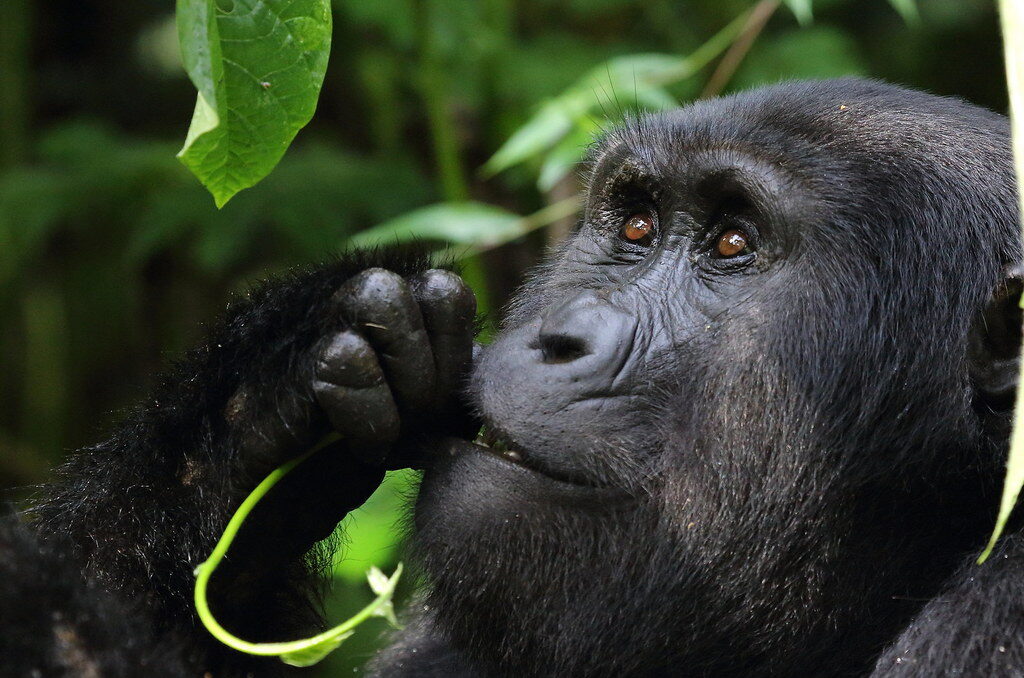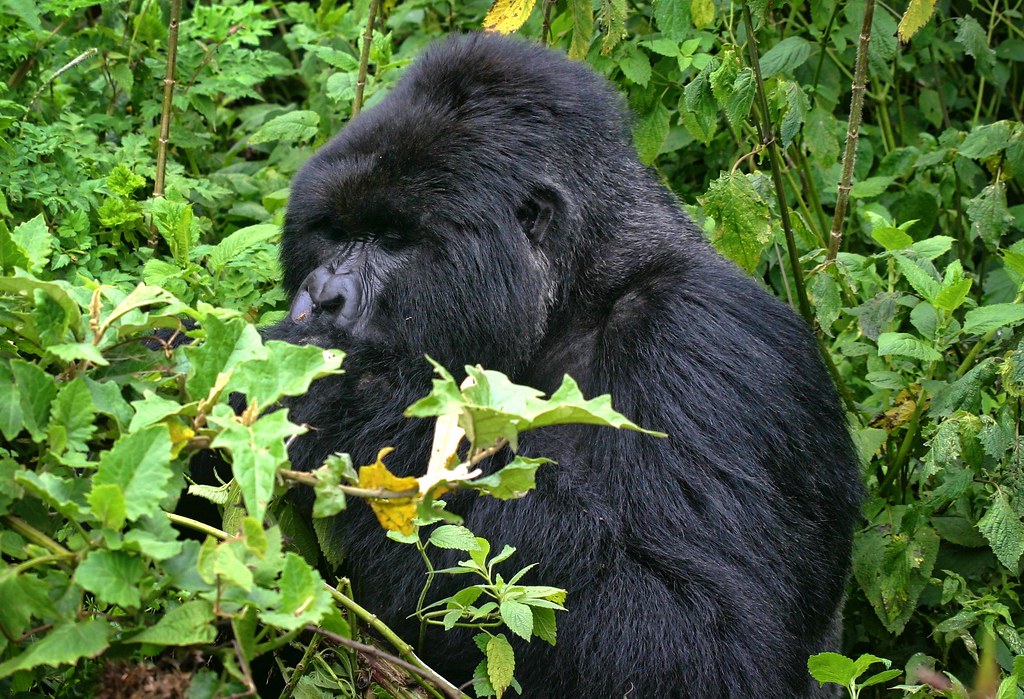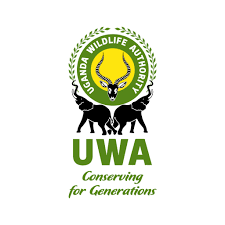Everything You Need to Know Before You Go
Tracking mountain gorillas through the misty forests of East Africa is one of the most unforgettable wildlife encounters in the world. In Uganda, Rwanda, and the Democratic Republic of Congo, visitors have the privilege of observing these gentle giants in their natural habitat. However, because mountain gorillas are critically endangered and extremely sensitive to human contact, strict guidelines have been put in place to protect both the gorillas and the visitors.
If you’re planning a gorilla tracking safari in 2025, it’s essential to understand and follow these rules to ensure a safe, respectful, and enjoyable experience. Here’s your complete guide to the official gorilla tracking guidelines you’ll need to know before your trek.
Why Are Guidelines Important?
Mountain gorillas share 98% of their DNA with humans, which makes them vulnerable to human diseases and stress. Even minor disturbances or infections can threaten their survival. The guidelines are designed to minimize these risks while also preserving the natural behaviors and habitat of the gorillas. By following the rules, you contribute to ongoing conservation efforts and help maintain the balance between tourism and wildlife protection.
 Before the Trek
Before the Trek
On the day of your trek, you’ll meet at the park headquarters for a briefing session conducted by experienced rangers. This briefing is mandatory and outlines the dos and don’ts of gorilla tracking. Here are some key points to remember:
If you’re sick — especially with a cold, flu, or any contagious illness — you are not allowed to trek. Even minor infections can spread rapidly among gorilla families. Inform the park staff immediately if you feel unwell, and your permit can often be rescheduled.
Wear appropriate clothing for hiking through dense forest: long-sleeved shirts, long pants, waterproof boots, a hat, and gloves to protect against nettles and thorns. Bright colors are discouraged; neutral, earth-toned clothing blends better with the environment.
Bring essentials such as water, snacks, sunscreen, insect repellent, and a waterproof jacket. The weather in the mountains can change quickly, and you’ll want to be prepared for both rain and sunshine.
During the Trek
The hike can take anywhere from one to six hours, depending on the location of the gorilla family. While on the trail:
Follow your guide’s instructions at all times. The rangers are highly experienced and know how to keep both you and the gorillas safe.
Keep your voice low to avoid startling wildlife and disturbing the peace of the forest. Loud noises and sudden movements can make gorillas nervous or aggressive.
Do not litter. Take all trash back with you to maintain the pristine nature of the park.
Stay with your group and avoid wandering off the trail. The terrain can be steep and slippery, and the forest is easy to get lost in.
At the Gorilla Encounter
Once you find your assigned gorilla family, you’ll have exactly one hour to observe and photograph them. This time limit reduces stress on the animals and minimizes the risk of disease transmission.
Keep a minimum distance of seven meters (about 21 feet) from the gorillas at all times. This protects the gorillas from germs and keeps you out of reach in case they feel threatened.
Do not touch the gorillas, even if they approach you. While they may seem calm and curious, they are still wild animals.
Avoid direct eye contact with the silverback, as this can be interpreted as a challenge.
Do not eat, drink, or smoke near the gorillas. Food and waste can attract their attention and introduce harmful substances into their environment.
If you need to sneeze or cough, turn away and cover your mouth to prevent spreading germs.
Flash photography is strictly prohibited. It can frighten the gorillas and disrupt their natural behavior. Set your camera to a silent mode if possible.
After the Trek
When your hour with the gorillas ends, quietly follow your guide back to the starting point. Take time to reflect on your encounter, share your photos, and appreciate the fact that your visit directly supports conservation and local communities.
A Responsible Adventure
Gorilla tracking is a rare privilege — not just an adventure, but also a chance to support ongoing conservation work. By respecting the guidelines, you help ensure the survival of these magnificent creatures for generations to come. The rules are simple, yet their impact is profound, safeguarding a species that has come back from the brink of extinction.
As you plan your gorilla tracking safari in 2025, keep these guidelines in mind and embrace the spirit of respect and responsibility that defines the experience.





